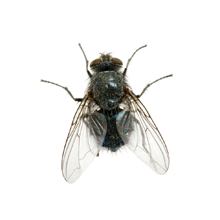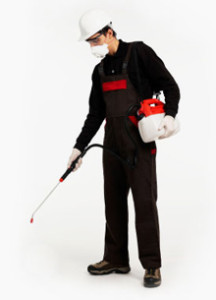Pest Control of Flies
 You wouldn’t think that flies could be such a problem, but the main reason people want pest control of flies is to stop disease from being spread by them. They can spread diseases on a microscopic level and invisible to the naked eye. There is a very interesting article about it here.
You wouldn’t think that flies could be such a problem, but the main reason people want pest control of flies is to stop disease from being spread by them. They can spread diseases on a microscopic level and invisible to the naked eye. There is a very interesting article about it here.
House Fly
A worldwide pest of homes, shops, factories, catering establishments and rubbish tips. The adults are attracted to, and breed in, decaying animal and vegetable waste. The House fly is a major health risk: a carrier of a large number of disease organisms, e.g. Salmonella food poisoning and infantile diarrhoea. Active during the day and resting at night, preferring projecting edges high up in rooms as alighting surfaces.
Lesser House Fly
The Lesser house fly is commonly found indoors, especially males, which fly on irregular triangular or square courses in rooms, usually under pendant lamps.
This fly is a major pest of poultry houses and farms where it breeds in manure and other semi-liquid organic matter.
Although many species of flying insect are attracted to ultra-violet light emitted by electric fly killers, the Lesser house fly is not particularly attracted.
Bluebottle
The Bluebottle is a member of a group of flies commonly referred to as ‘blowflies’ on account of their habit of ‘blowing’ or depositing their eggs on exposed meat. They are a pest of buildings where meat is to be found: slaughter houses, canning factories, meat processors and, of course, houses. Outdoors they are associated with decaying animal matter and rubbish tips.
The female fly will enter houses with a loud buzzing noise, searching for flesh for depositing eggs on, or for food.
Pest Control of Flies
If you are currently experiencing any sort of fly problems and need some pest control of flies then give one of our friendly team a call on 07850 839655 or 020 8300 3496, we might be able to help with some free advice or if needed you can arrange a visit from us.



